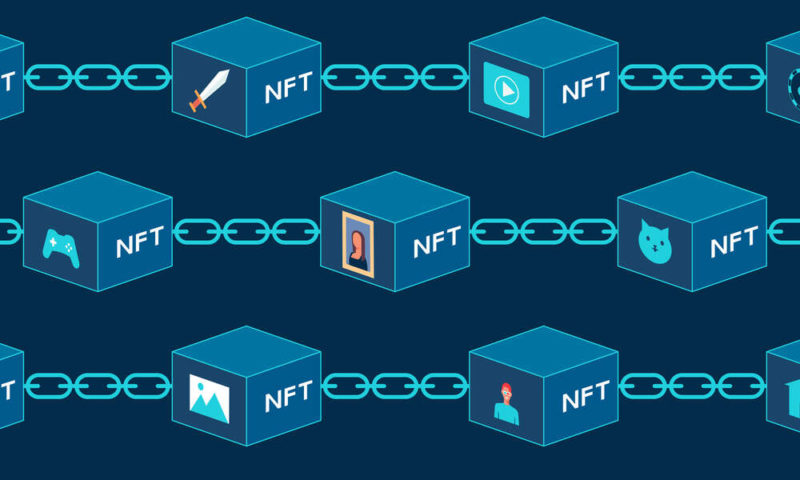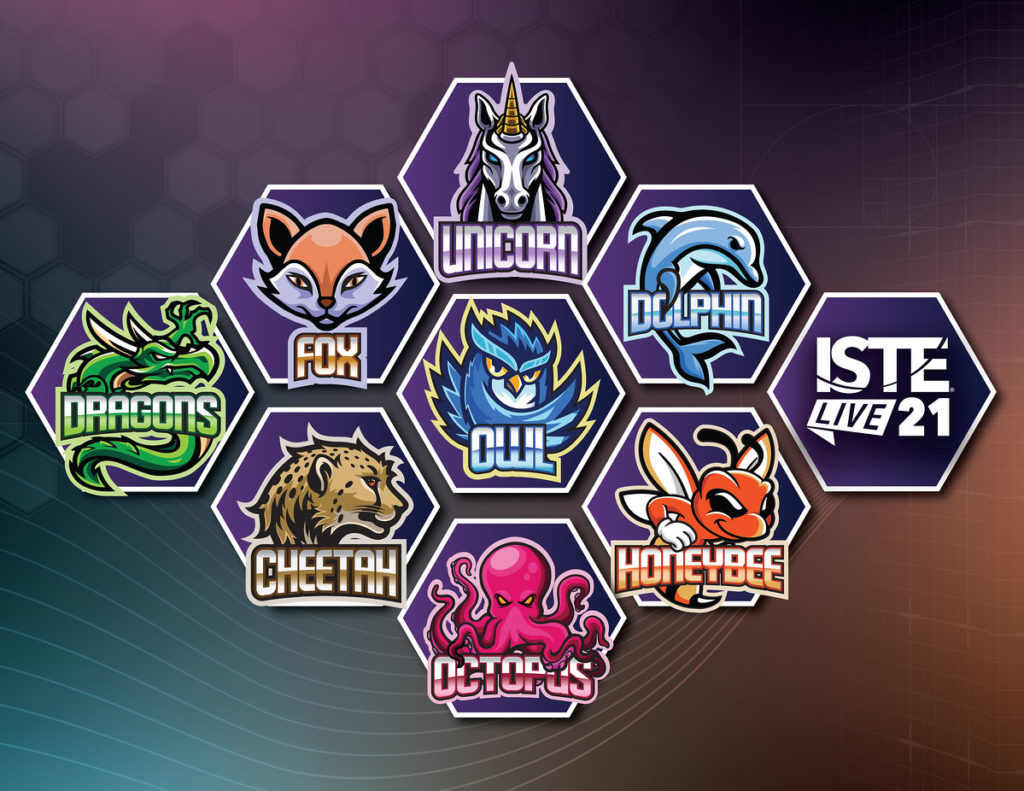
How to Use NFTs as an Event Engagement Tool
In just six weeks, the International Society for Technology in Education turned an idea to integrate NFTs into an annual meeting from concept to reality. The secret: Keep it simple.
The International Society for Technology in Education aims to be at the forefront of innovation for its audience of educators. One exercise at its summer 2021 conference achieved exactly that.
In the search for new ways to engage attendees as the association pivoted to virtual events, ISTE took the leap into nonfungible tokens (NFTs), the blockchain-tied form of asset certification that had a breakout year in 2021. Back in June, ISTE became one of the first associations to integrate NFTs into one of its events, and it did so with just six weeks of lead time.
Along the way, it learned a lot that other associations could glean inspiration from.
Get Buy-In From the Top
ISTE’s NFT initiative had a precedent of sorts, as for years the association had distributed conference pins to members in different educational communities.
“Our audiences, when they come to our conferences, receive a conference pin similar to the communities involved,” said Craig Gill, ISTE’s senior director of marketing. He added that those tokens and collectibles have a lot of value for their attendees.
Doing something as experimental as an NFT might be an uphill battle without a thumbs-up from leadership—but in ISTE’s case, the CEO was the one who came up with the idea. Putting two and two together came naturally to ISTE CEO Richard Culatta, who posed the idea of replicating the tokens as NFTs as a way to rekindle the engagement garnered by the pins. Culatta brought the idea to Gill less than two months before the 2021 edition of ISTE Live—and fortunately, it connected with some existing brainstorming around NFTs.
“When the guy at the top says, ‘Go ahead and make an investment. Let’s see if we can explore the idea,’ That pushed it over the line,” Gill said.
Look Internally, Then Externally, for Ideas
When Gill first heard the idea, he looked for internal and external resources that might be familiar with the ins and outs of producing NFTs.
Fortunately, Kwaku Aning of the San Diego Jewish Academy and Vriti Saraf, CEO and founder of the digital community k20 Educators, had submitted a proposal for a talk on NFTs at a later event. ISTE decided to leverage the initial interest and partner with Aning and Saraf to build an NFT session in just a few weeks.

“There were very little expenses,” Gill said. “We shared the hard costs, but there wasn’t a need for us to hire expensive consultants or a firm specializing in this, given our simple and limited goals.”
Keep the Process Transparent
While NFTs offer a wealth of possibilities, they are new enough that simply explaining how they work is a valuable service to members. And making NFTs actionable meant that ISTE had to do some work behind the scenes, such as opening up a digital wallet and setting up an account at OpenSea, the widely used NFT marketplace. (ISTE’s OpenSea page is over this way.)
Between the tight timeframe and the newness of the technology, the association realized that an educational approach served a dual purpose of giving their members the 411 on NFTs while actually making them happen. ISTE brought on a graphic designer to design the NFTs, and gave them out as a prize during a session explaining how NFTs work.
There wasn’t a need for us to hire expensive consultants or a firm specializing in this, given our simple and limited goals.
Craig Gill, ISTE’s senior director of marketing
“We all agreed that we would use this opportunity to experiment and then document the process and document the journey, and then share that with our audiences who also are going through the same thought process: ‘How do I integrate it to my own work, into my own environments?’” Gill said.
Lessons for Other Associations
Gill says that other associations might be able to do similar things if they’re willing to move quickly and stick to their mission.
“Stay simple and have appropriate expectations for what you want to accomplish,” he said. “We wanted to learn and we used it as a learning opportunity, and so it was a success for us.”
But he adds that even if NFTs are trending because of massive art sales and buzzworthy charity fundraisers, there is still room to experiment without worrying about whether you’re going to strike it rich.
“Those don’t need to be replicated,” Gill said. “That does not even need to be a model for an association looking to put their toe in the water with this technology. And I personally think it’s OK for industry-appropriate uses of the technology.” For its part, ISTE will probably continue to experiment with NFTs, Gill said.
By focusing on mission rather than ambition, it increases the odds for an experimental approach to prove successful.
(ST.art/iStock/Getty Images Plus)






Comments